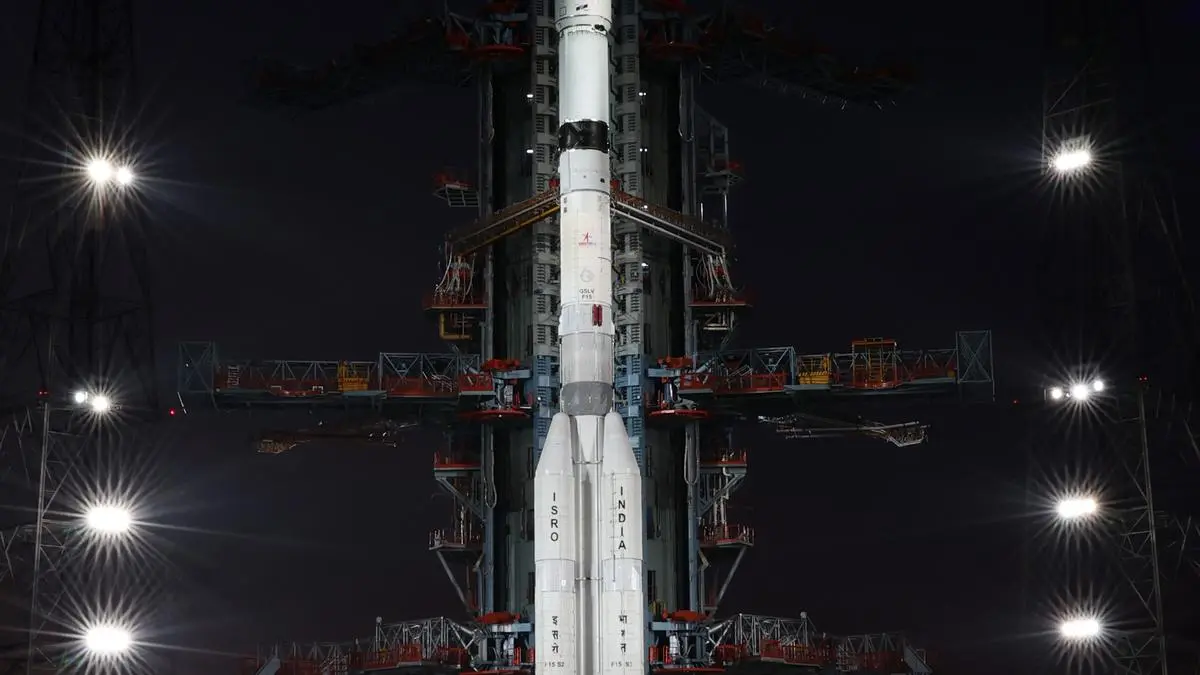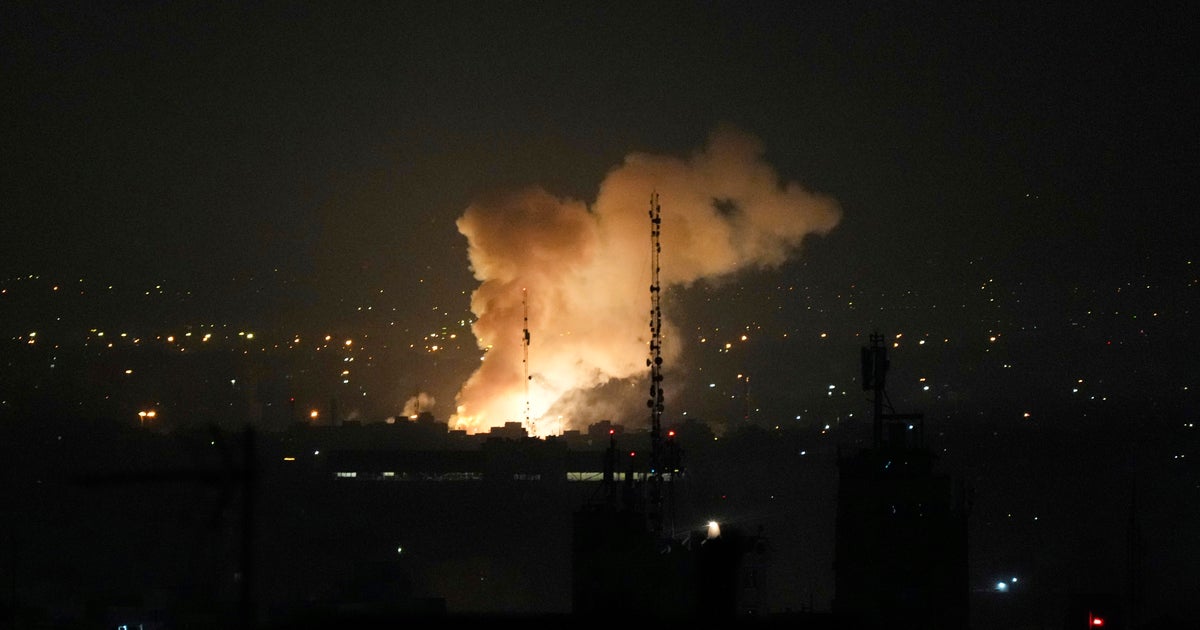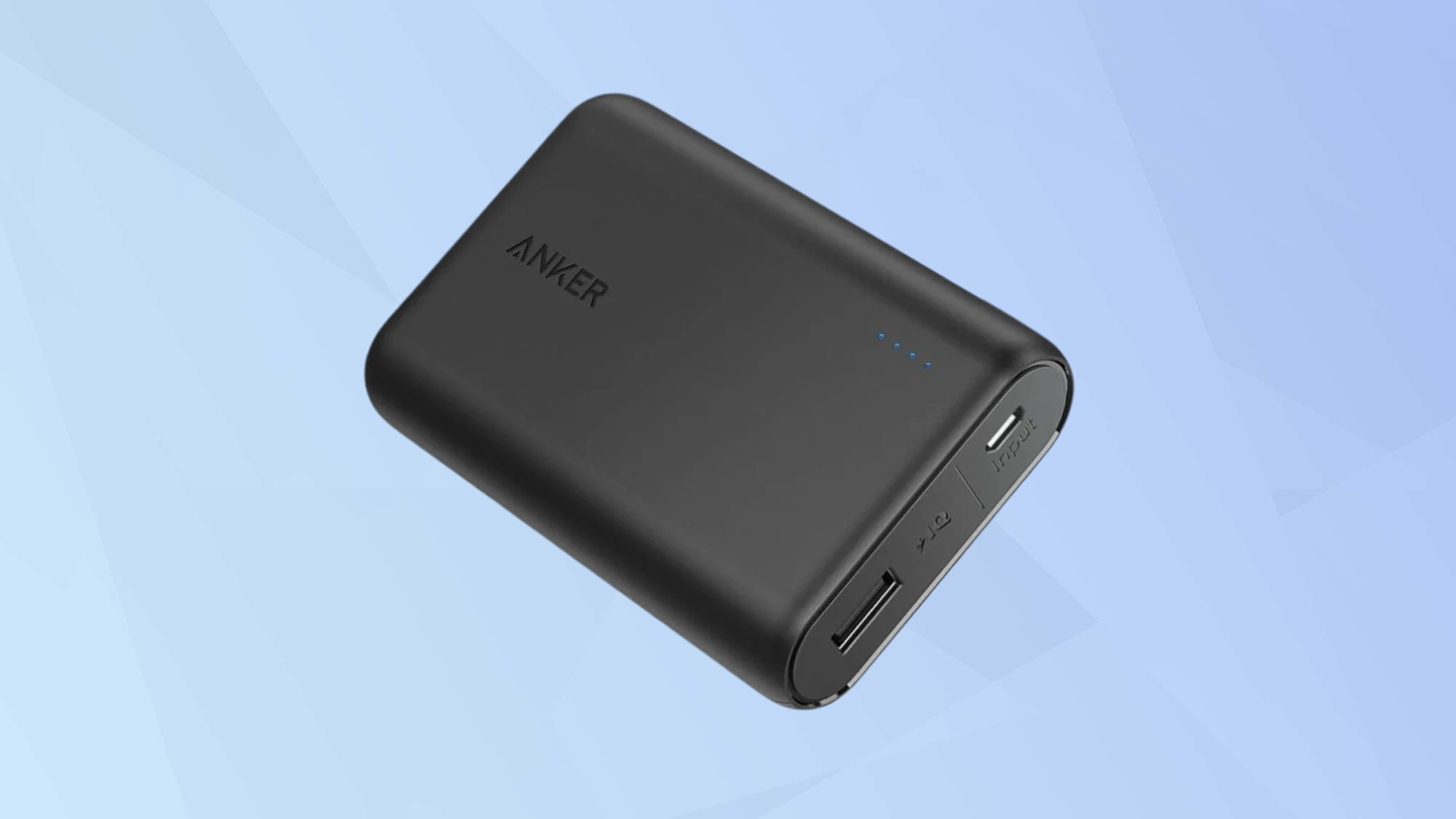Indian Space Research Organisation (ISRO) made history on Wednesday with the 100th rocket launch from spaceport Satish Dhawan Space Centre SHAR, Sriharikota. The successful textbook launch was the first under the new ISRO chairman, V Narayanan, who succeeded S Somanath on January 13. It was also the first launch by ISRO in 2025.
The 99th launch from Sriharikota was on December 31, when the PSLV-C60 mission successfully placed two spacecraft in a circular orbit to conduct the Space Docking Experiment.
The GSLV-F15, with an indigenous cryogenic stage, placed the Navigation with Indian Constellation (NavIC) NVS-02 satellite into a Geosynchronous Transfer Orbit. The satellite will enhance India’s regional navigational capabilities. The 3-stage, 50.9 m GSLV-F15 vehicle had a lift-off mass of 420.7 tonnes.
Launch Details
The GSLV-F15 took off at 6.23 am from the second launch pad. It was the 17th flight of India’s Geosynchronous Satellite Launch Vehicle (GSLV) and 11th flight with an indigenous cryogenic stage. It was the 8th operational flight of GSLV with an indigenous Cryogenic stage. The GSLV-F15 payload fairing - nose cone used to protect a spacecraft payload against the impact of dynamic pressure and aerodynamic heating during launch through an atmosphere - is a metallic version with a diameter of 3.4 m.
NavIC Navigation System
Navigation with Indian Constellation (NavIC) is India’s independent regional navigation satellite system designed to provide accurate Position, Velocity and Timing (PVT) service to users in India as well as to regions extending about 1,500 km beyond the Indian land mass. NavIC will provide two types of services, namely, Standard Positioning Service (SPS) and Restricted Service (RS).
Sriharikota island, located 80 km north of Chennai, was chosen in 1969 for a satellite launching station. It became operational on October 9, 1971, when an RH-125 sounding rocket was launched. The SHAR facility has two launch pads that have hosted important launches, including India’s lunar orbiter Chandrayaan-1 and Mars orbiter Mangalyaan. Recently, the Union Cabinet approved the third launch pad at a cost of ₹3,984 crore.





